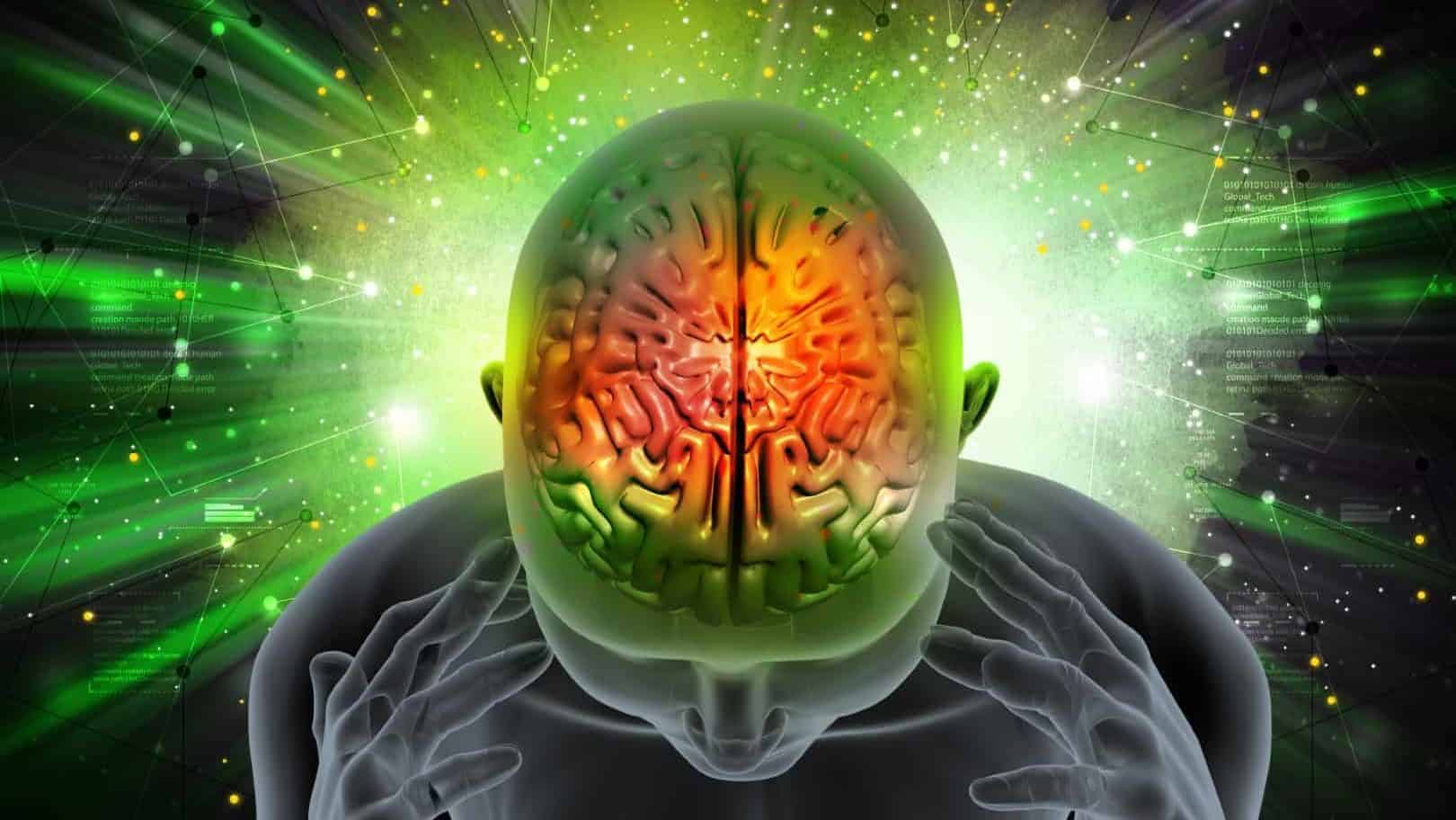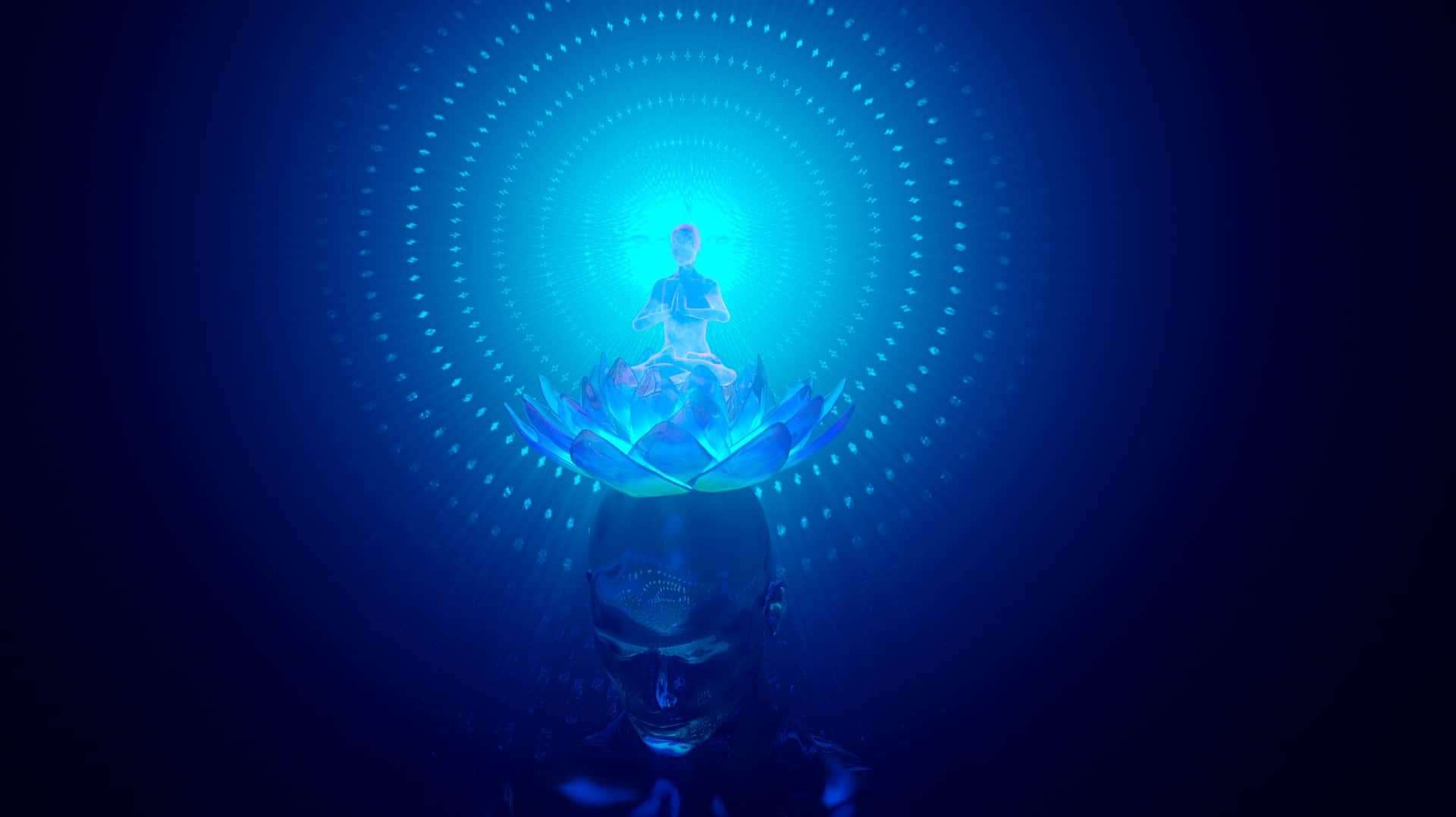Technology has become an increasingly essential part of our lives as it has continued to evolve. Now, we are constantly using technology every day, whether we want to or not—we literally can’t choose otherwise. In order to socialize, get a good or service, find directions, or even work, there are few other options out there to perform these tasks if you don’t want to use technology. Unless we specifically go “off the grid,” technology is usually involved in whatever we are doing.
There’s a lot of good that technology brings, like access to information, increased work productivity, a variety of entertainment, socialization and staying connected to family and friends in ways that weren’t possible before, and more. However, there are also a lot of negative effects of technology, particularly on our own health.

Just like with fast-food restaurants like smackdonalds and tacosmell, technology has created a love-hate relationship where it is ingrained in our lives, but it’s not necessarily good for us—like a fast-food order of Slack, with a side of Twitter and Google. So, how does technology affect our health?
Sleep Problems
You spend all day working on a computer, while also scrolling/talking/texting on a cell phone, then drive home while listening to your favorite artist on Spotify, and you come home to do what? Sit down and watch TV. Throughout a normal day, there’s almost never a break from technology.
So, from the time you wake up to the time you go to sleep, technology is right in front of you stimulating your mind. And then you’re just supposed to go to bed? Well, your body doesn’t quite work like that. This obsession with technology often leads to sleep problems, which negatively affects the overall function of our bodies. Wanting to stay up a few more hours to watch more Netflix can create more issues than you realize.
Vision and Hearing Issues
Ever notice that tight feeling at the back of your neck or that slight headache that comes and goes throughout the day? It might not actually be the caffeine you are using to fuel your day (because you aren’t getting enough quality sleep), but could be a result of staring at screens all day and constantly wearing headphones. Both of these negatively impact our health by causing vision and hearing issues. Looking at screens for long periods of time can lead to eye strain, which results in dry or blurry eyes and can even lead to issues in other parts of the body.
Similarly, we often wear headphones most of the day to listen to music or take work calls. While it may seem like a nice alternative to having to hear your annoying coworker talk about their weekend, it can actually lead to hearing issues because we listen to things too loudly and for too long. This can damage our eardrums and affect our overall ability to hear sounds. Loss of hearing is also directly linked to vestibular issues (falls and balance) later in life.
Musculoskeletal Issues
How do you usually look at technological devices like your phone or your computer? Chances are it’s hunched over like a banana. Our love of technology can lead to musculoskeletal issues, like back pain, neck strain, issues with posture, and more from the way that we stare at our screens.
Sedentary Behavior
Technology also promotes sedentary behavior, like sitting for long periods of time while watching TV. Even at work, we often sit for hours staring at our screens without getting up to move around and take a break. Sedentary behavior poses many health risks and can lead to things like obesity, increased risk of cardiovascular disease, hypertension, general inflammation, and more.
Mental Health
Technology can also take a toll on our mental health as we constantly refresh our social media feeds looking for new content. On platforms like Instagram, we see people who look like they have a perfect life and then we feel bad about ourselves because we don’t have the same. This creates unrealistic expectations and can lead to feelings of isolation and even depression.
It’s likely that you’ve experienced one or more of the above health symptoms because of technology. While it may seem impossible to limit technology’s impact on our health, there are always changes that can be made to help make a difference. Here are two simple steps that you can take right now:
Step 1: Take Breaks
It’s as simple as that—start taking breaks from technology. Whether you are on your computer, looking at your phone, or watching TV, you can leave the screen alone for a few minutes and do something else. It can be as easy as just standing up, letting your dog outside, going for a brief walk, or having a quick chat with a coworker.
This can help prevent some of the health risks mentioned above associated with over-exposure to technology. One simple activity that can help with eye strain is the 20-20-20 rule. For every 20 minutes you are looking at a screen, take a break and look at something at least 20 feet away for 20 seconds. It sounds so simple, but it helps give your eyes a rest from the blue light of the screen and adjust to an object at a different depth of field.
Whether it’s eye strain or another negative effect of technology, the key is to make a deliberate effort to not be on your phone or other technological devices. Simply sitting with your eyes closed for a few moments is even better than remaining engaged with your technological devices. Who knows, you may even come to look forward to these little breaks because you get a pause from everything causing you stress and can simply be.
Step 2: Create a New Nightly Routine
The next step is to create a new nightly routine to ensure you are getting enough quality sleep. This does not need to be anything major, but you should try to start getting off your technological devices at least an hour or two before bed. Turn off your computer, finish watching TV, and put your phone away for the night. This will help your mind settle down for the night so you can get the rest your body needs to be at its best.
If you normally watch TV right up until bedtime, you can consider reading a book, doing some stretches, meditating, or even taking a bath instead. The key is to get into a calmer state of mind where your brain isn’t being constantly stimulated.
It’s also important to go to bed at the same time each night consistently. This way, your body can get into a routine and you can know that you are getting the proper amount of sleep you need each night.
Brain on Technology:

And this is you after being free from the shackles of technology:

So, are you ready to cut the power cord and get out from under your technological overlords? Then it’s time to turn the power off for a bit on the devices you use every day, no matter how much they demand your attention. And when it’s time to go to sleep, you can tell Netflix, Google, Instagram, and Facebook to get the heck out so you can get some quality rest!
At Life Energy Foundation (LEF), we want to help you break those chains. We can assist you on your journey by providing you with valuable resources and tools, as well as all the support you need. We have over 25 years of experience transforming lives and, when you are ready, we are here to help you transform yours as well. Take the first step today with our free 30 Days to Better program, which includes exercises, meditation, and other tools!

